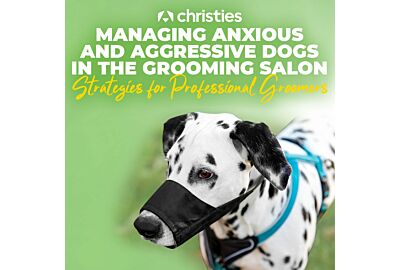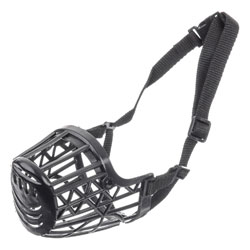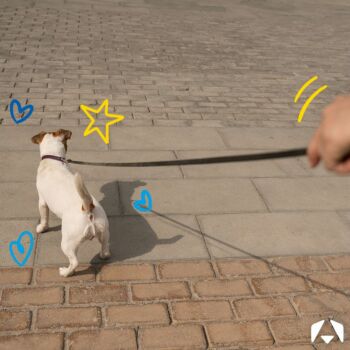

Maximising Comfort and Control
As a professional dog groomer, having an in-depth understanding of canine anatomy is crucial. This knowledge not only ensures the comfort and safety of the dog but also enhances your efficiency in handling them. Pay close attention to areas that might indicate discomfort or weakness, such as limbs, tail, ears, or belly. Identifying these sensitive spots helps in adjusting your grooming technique to suit each dog's needs.
Educating Dog Owners: Homework for a Smoother Grooming Session
A significant aspect of dog grooming is educating the pet owners. Encourage them to regularly handle their dogs in areas like the face, feet, and tail. This simple practice can make a world of difference. When dogs are familiar with being touched in these areas, they tend to be more cooperative during grooming sessions, making the process smoother and less stressful for both the groomer and the pet.
Safety First: When to Use a Muzzle
Your safety is paramount. When dealing with an uncertain or potentially aggressive dog, don't hesitate to use a muzzle. It's a precautionary measure that protects both you and the dog. Remember, your hands are your most valuable tool in this profession, and safeguarding them is essential for your career's longevity.
Building Trust with Anxious Dogs
Anxiety in dogs is not uncommon in a grooming setting. These dogs require extra patience and a gentle approach. Take the time to build a rapport with them. A calm and steady demeanour from the groomer can significantly ease a dog's anxiety. With trust, many anxious dogs will become more receptive to grooming, making the process easier for everyone involved.
Recognising Your Limits: When to Refer
Understanding your professional limits is vital. If you encounter a dog that poses challenges beyond your expertise, it's okay to acknowledge this. After giving your best effort and trying various approaches, if the dog still shows signs of aggression or extreme anxiety, it's prudent to refer them to a more experienced groomer or one who specialises in handling such cases. This not only ensures the dog's well-being but also upholds your professional integrity.
In conclusion, being a successful dog groomer is about more than just technical skills. It's about understanding dog behaviour, educating owners, ensuring safety, building trust, and knowing your limits. By following these guidelines, you can provide a comfortable and safe grooming experience for your canine clients and a stress-free experience for their owners.








